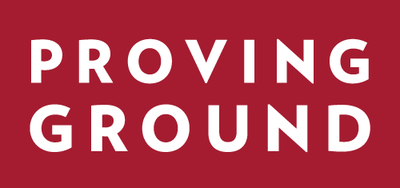Amber Humm Patnode, Acting Director of Proving Ground, shares how to strategically embed empathy-building activities and student voice in improvement work, in the ninth installment of Improving Improvement, NNERP's quarterly series focused on leveraging the power of research-practice partnerships (RPPs) to build schools’, districts’, and states’ capacity to improve.Previously, we shared feedback from current and past partners to determine to what degree their capacity to improve has increased over the last five years, and how we might engage in our own internal continuous improvement efforts to better meet their needs.
In this installment, we share how we strategically embed empathy building activities and student voice to inform our improvement work – and why we are increasingly recognizing the importance of doing so.
I want to share a recent experience that made an impact on me and affirmed the importance of involving students more deliberately in improvement work: At a recent conference I attended (the Impact Florida Education Summit), my personal highlight of the Summit was a student panel comprised of five high school students who shared their experiences and perspectives about what it is like to be a young person in public schools today. During the Q&A portion, an educator asked the students what advice they had for educators on how to connect with youth who may not be as engaged in school. One of the young people shared a response so simple, yet often neglected from a systematic perspective: “ask them”. Ask the student what is happening that may be preventing them from engaging and then offer them options for supports based on what they say.
Involving students isn’t always at the forefront of improvement efforts. As referenced in our How to Know an Improvement Effort is Succeeding installment, our partners typically complete a continuous improvement self-assessment before beginning improvement work with us that asks respondents to reflect on how well, and how often their organization engages in various improvement activities, and which critical perspectives are included in the process (staff, families, students, community). The majority of partners report that students are “never” engaged in improvement activities (e.g., identifying root causes of identified problems or selecting and designing interventions aligned to root causes) or that students are “sometimes” engaged, but primarily to provide feedback after decisions have already been made.
Continue reading at nnerpextra.rice.edu.
